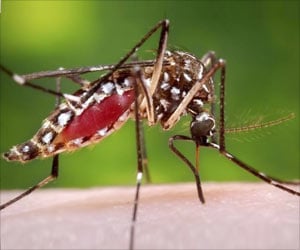For the first time researchers have studied the structural brain differences between people who like to get up early in the morning, and those who prefer to stay up late.

According to the new study, 10 percent of people are considered as early risers or larks and 20 percent qualify as night owls, and both are known as chronotype.
For the study, the brains of 16 larks, 23 night owls and 20 intermediate chronotypes were scanned by Jessica Rosenberg and her colleagues, from Germany's RWTH Aachen University, with diffusion tensor imaging.
The team's findings revealed that the white matter in the brain, which is a fatty insulating matter that accelerates the transmission of nerve signals, was less in night owls in areas linked with sadness.
Rosenberg asserted that the study suggests that the reduction in the matter could possibly be caused by the fact that night owls have permanent jet lag.
Source-ANI
 MEDINDIA
MEDINDIA




 Email
Email




